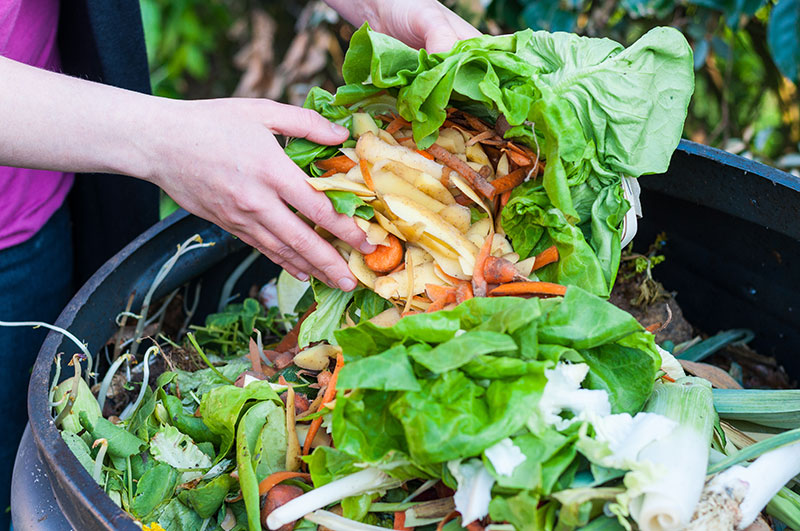Advertisement
Are you looking forward to diverting waste from landfills to compost? If yes, you’re among many Americans who want to make a change by making the world a better place. Organic recycling ensures less environmental pollution while enriching soil that contributes to plant growth and health.
Continue reading to know more about the different tips to ensure a good start in your organic recycling journey. You might also consider working with organic recycling organizations such as organic recycling in Missouri and other nearby areas to ensure you make a significant impact on the environment by composting large amounts of waste.
- Know Where You’ll Be Generating The Organic Waste
Determining where you’ll be generating organic waste will help you figure out the number of bins you need. Common places to get organic waste include meeting rooms, kitchens, communal offices, cafeterias, and hallways.
Some eateries might require you to provide a mini bin to collect organic waste at every desk that’ll later be emptied into a larger collecting bin. It’s therefore essential to understand the requirements of each of your collecting places to know the number of bins you require.
- Determine How Much Waste You’ll Collect In A Single Week

It’s also important to do a simple waste audit to know how much waste you can collect in one week. Ensure you have an exact volume of organic waste out of the total amount of waste you collect. After determining the capacity of the organic waste, you’ll figure out the size of the bin you’ll require to purchase and utilize.
- Create A Composting Pile
Figuring out where you’ll create your compost is among the first steps to starting a composting journey. You should also determine if you’ll be using a compost pile or bin.
Select an outdoor location with a bit of shade and perfect drainage. The location should also be accessible. Nonetheless, pets and wildlife shouldn’t access your composting site as they can easily litter your backyard with the organic waste you’ve painstakingly collected while looking for a quick meal.
The pile or bin should be not less than three feet in height and width to retain the heat produced during the composting process when bacteria break down organic materials. The end result will be material that’s beneficial for your soil.
- Start Adding Organic Waste Materials
After picking a composting location, you’re ready to add in the composting materials. It’s advisable to alternate green and brown materials in layers. Green materials refer to food and yard wastes, while brown materials refer to carbon-rich items such as paper, wood chips, branches, and straw.
While layering might not be a must, it helps maintain the right balance of brown and green waste to enhance the composting process.
You can start by adding a four to eight-inch layer of massive brown materials such as branches at the bottom of your compost to provide enough drainage room. Afterward, add green and brown waste layers until the composting bin is full. Ensure to add some water after every layer for moisture.
- Turn The Pile Often
Make sure to turn your compost regularly to enhance the process. For a successful turning, you require a shovel or pitchfork to distribute the air and moisture evenly. How often you should turn your compost depends on various factors, such as the ratio of brown to green waste, amount of moisture, and size of the pile.
Regardless of the factors mentioned earlier, each compost requires turning after four to seven days. As the compost begins to mature, you can reduce the turning frequency. Also, you might need to add some water into your compost to ensure it has enough moisture. If the compost gets soggy, add some brown materials or increase the turning frequency to remove excess moisture.
- Use The Compost
A typical compost can take up to one year to decompose fully. Yet the maturity time can be affected by the size of your pile, moisture level, climate, and the material used. Turning the compost often, ensuring that it’s moist, and using small pieces of compost materials can speed the maturity time.
When the compost is deemed to be ready, it should be dark-brown and crumby, resembling soil. It should also have an earthy smell and be free from large pieces of materials. You can mix the compost with potting soil or sprinkle it over your garden to increase the topsoil’s nutrient level.
Conclusion
Starting composting is no complicated rocket science. This process is an easy and sure way to fight food waste and reduce environmental pollution. Further, it enhances plant growth by increasing soil nutrients, reducing the need for processed fertilizers for your garden, and preventing soil erosion. What makes composting even better is that you can do it yourself at home regardless of the space.

